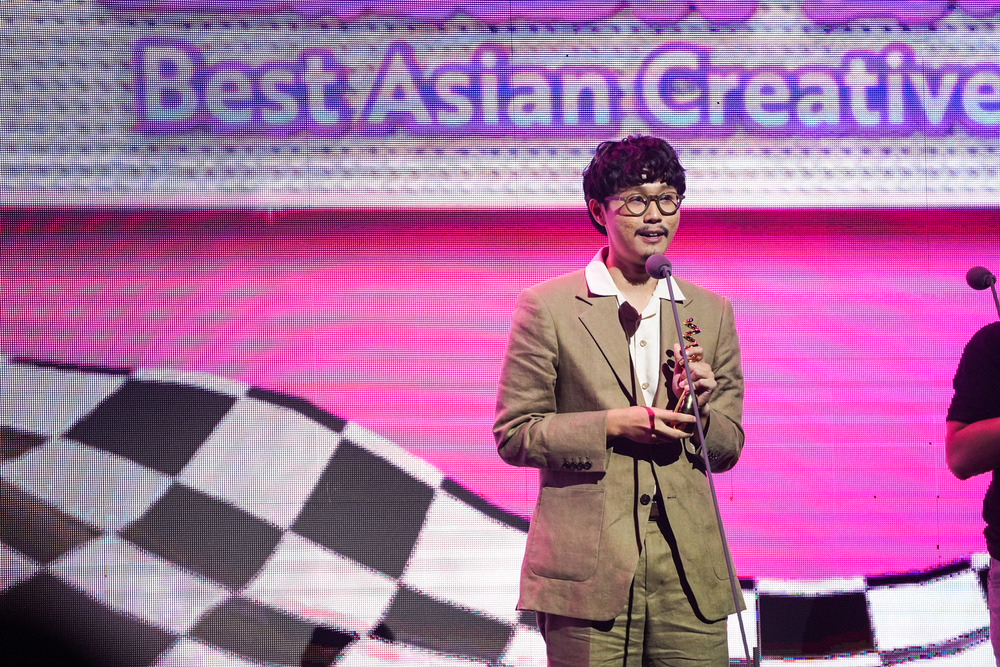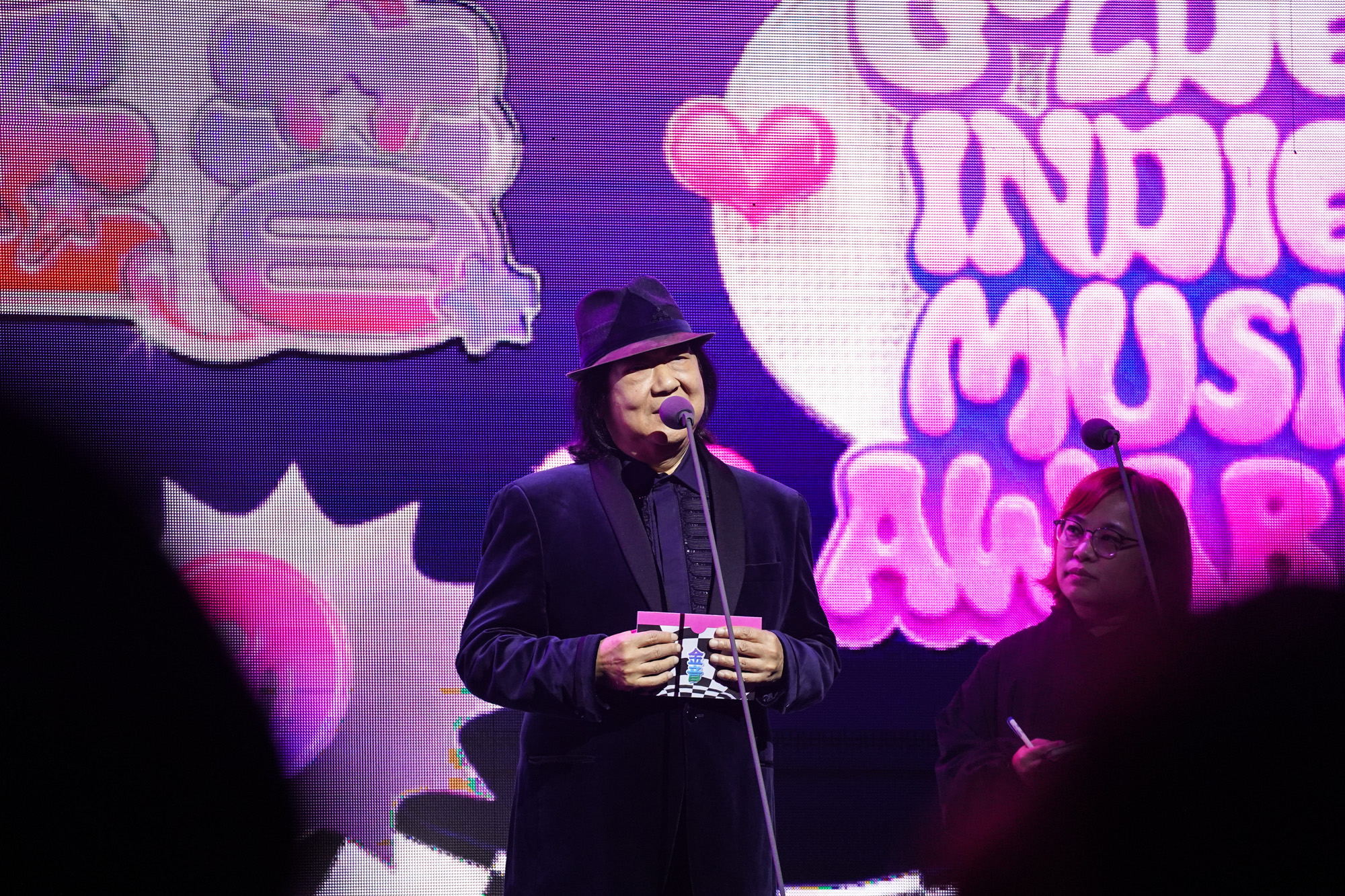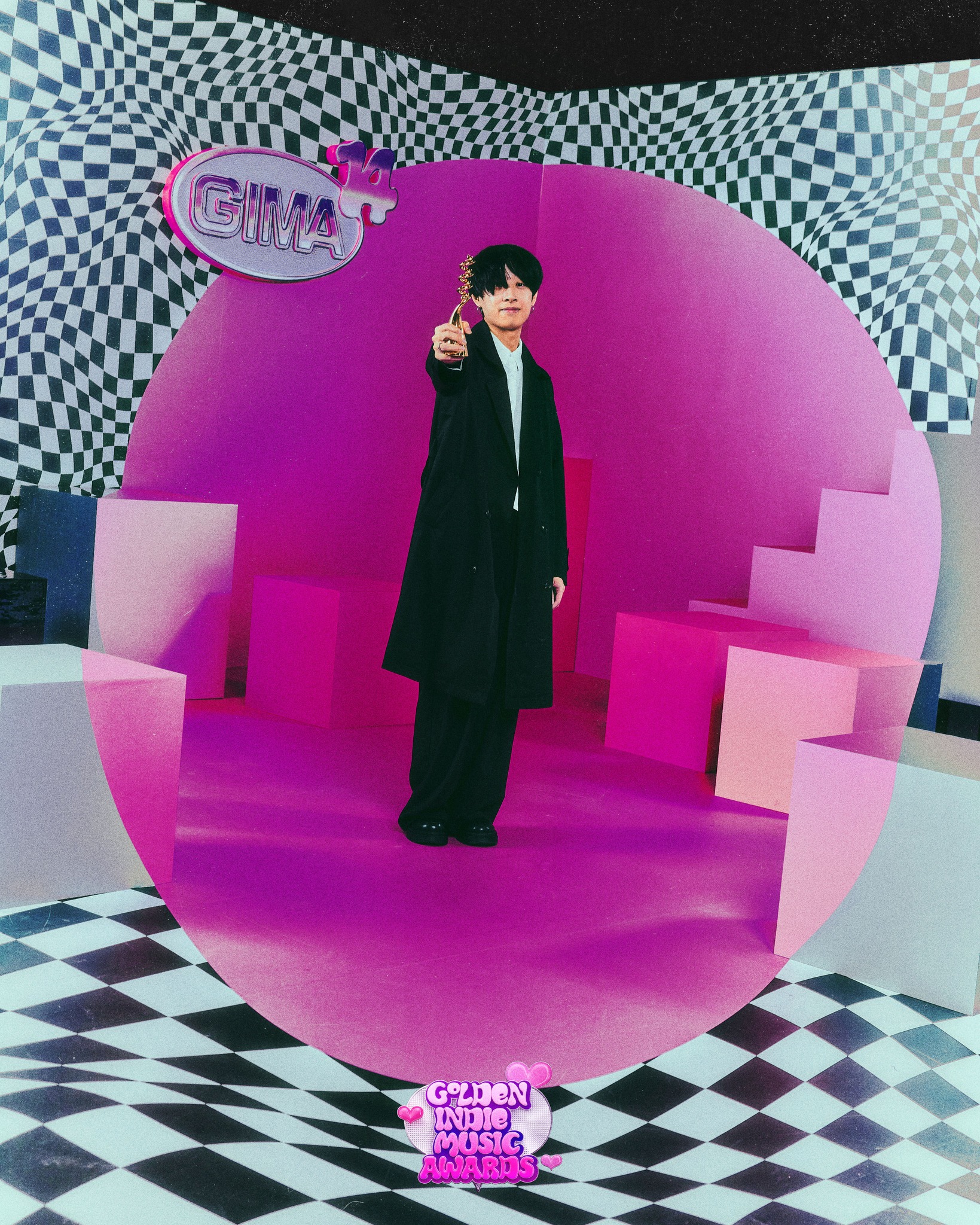
When the Golden Indie Music Award (GIMA) was established in 2010, the word "indie" might have still evoked images of plucky bands sweating it out in stuffy basements. "Indie" has since been beaten and battered to death by critics and fans alike, banishing it to a purgatory of featureless descriptors in which it languishes alongside similarly maligned terms like "alternative".
So it's easy to see the turtle-shaped, Reiser + Umemoto-designed Taipei Music Center, the futuristic monument to Taiwanese pop music completed in 2020 where the 14th GIMA is being held, as yet another example of "indie"'s contradictions. But in Chinese, GIMA doesn't refer to "indie" at all. Translating literally to "Golden Music Creation Award" (金音創作獎), GIMA's Chinese title reveals how in Taiwan, "indie" has been associated with artistic creativity, rather than independence from the music industry.

As China and South Korean artists have risen to prominence in the popular music landscape, then, the focus of Taiwan's international impact has shifted from the pop realm to the more experimental, underground, or "indie" networks in Asia and abroad. These two worlds, the "underground" and the "pop," have become unlikely bedfellows in Taiwan. This year’s GIMA jury prize winner, Mong Tong, is a prime example. The blindfolded trio's mysticism draws from Southeast Asian traditions and synthesized polyrhythms, a combination that has brought them acclaim internationally, especially in Europe.
But their esoteric airs somehow fit in with the glitz and glam of the awards ceremony. "I feel like our process of listening to music is like reading a history textbook, slowly tracing things back," says Hom Yu in a pre-ceremony interview with Judy Chou and Snake Wu. "And that music will also be intertwined with local politics and history." I'm reminded of their sampling of Trịnh Thị Ngọ, a North Vietnamese radio broadcaster who made broadcasts in English to demoralize American soldiers. After Mong Tong's interview, 9m88 steps up for her interview without skipping a beat; having been nominated for both Golden Melody and Golden Indie Music Awards in the past, she perhaps best represents the space between pop and "indie" in Taiwan.

In tandem with the turn to the "creative," the Taiwanese music industry's reorientation toward regional integration in Asia is best represented by the Best Asian Creative Artist category. While past nominees have included diaspora artists like Rina Sawayama and Audrey Nuna, this year's field has three Sinosphere artists (OK Wang, Radio Mars, Wong Hin Yan) in competition with Thailand's Ham Tanid (Tanid Sintaratana) and Tokyo Shiokouji. Noticeably absent too are any hip-hop artists, who have historically been successful in the category.

So it's a pleasant surprise when Mickie Yoshino, last year's winner, calls Ham Tanid up to the stage to accept the award. Sintaratana is beaming: "I've never won any kind of award before," says the Bangkok-based sound artist. It's truly a left-field pick—with artists like Rich Brian and Nodey taking home the award in years past, that the jury has chosen the freewheeling improvisations on Ham Tanid's Rhizome x JuJu feels like a step in a new direction. The album, which arose out of a collaboration between Sintaratana and visual artist Thaweesak Srithongdee (Lolay) at the Art Gallery of Silpakorn University, evades easy description. With dubbed-out guitar explorations on tracks like "006," no-wave noodling on "Ju Ju," and microsonic ambience on "I’m Not There," Rhizome x JuJu certainly belongs in an art gallery.
Foreign artists living in Taiwan also have a significant presence in other categories this year, and it seems the crowd favorite is Korean jazz artist dongyi; just last week, he also received a Golden Bell Award for his soundtrack work for Ndaan Mpmaduk. dongyi speaks in Mandarin when accepting his award for Best Jazz Song: "I'm wearing the same hanbok that my father wore when he got married," he says proudly. But he stumbles, clearly nervous, and switches to Korean as the crowd applauds his efforts; Minyen Hsieh (of fellow nominee Non-Confined Space) gives him an encouraging pat on the back. "I met a lot of people in Japan who were from the same places in Korea as my father or mother. If I were born 100, 120 years ago, I might have ended up in Japan," he says. His final thanks go out to Jung Jo-mun, the founder of the Koryo Museum in Kyoto who was born in the same hometown as his mother. The record's cover is a painting of kimchi jars on the second floor of that museum, painted by dongyi's partner komuyi; with Japanese, Korean, and Taiwanese contributors, his latest album a method for capsaicinoid analysis is one that emphasizes the transits and flows of people across borders in Asia.

It's not just the experimentalists who get love tonight: rising R&B artist The Crane sets the tone for the ceremony with Jerry Li in a soulful performance. Starting with Li's "Häagen-Dazs World," they move on to "Really" by Karen Mok before doing a musical introduction to the Best New Artist nominees. With the backing band keeping up the Mok instrumental, the performers on stage take turns interpolating the nominees' songs. The Crane interpolates MANDARK's UK garage-inflected "8ODY" into a waltz, while the horns play the angular violin riffs of "Don’t Jump In Line" by Miao Miao Flow. When it comes to the final nominee, The Crane himself, obliges the audience with a verse from "Unique Design." Fortunately for The Crane, the jury saves him from the embarrassment of losing an award that he's gone through great lengths to present.
- Sophie Lu
- Wring Out Laura
Given the diversity of music recognized tonight — from Sophie Lu's filmic electronica "A one and a Two" to Wring Out Laura's ambient breakbeats "Detector" — this year's GIMA seems to point to a different way to look at the meaning of "indie" in Asia. Taking advantage of "indie" as an out-of-focus lens, the jury has approached the award this year in a way that blurs both musical and geographic boundaries into a haze of Asian creativity. To distinguish between these artists, then, we need only open our ears.







